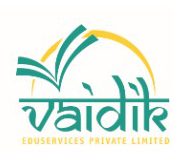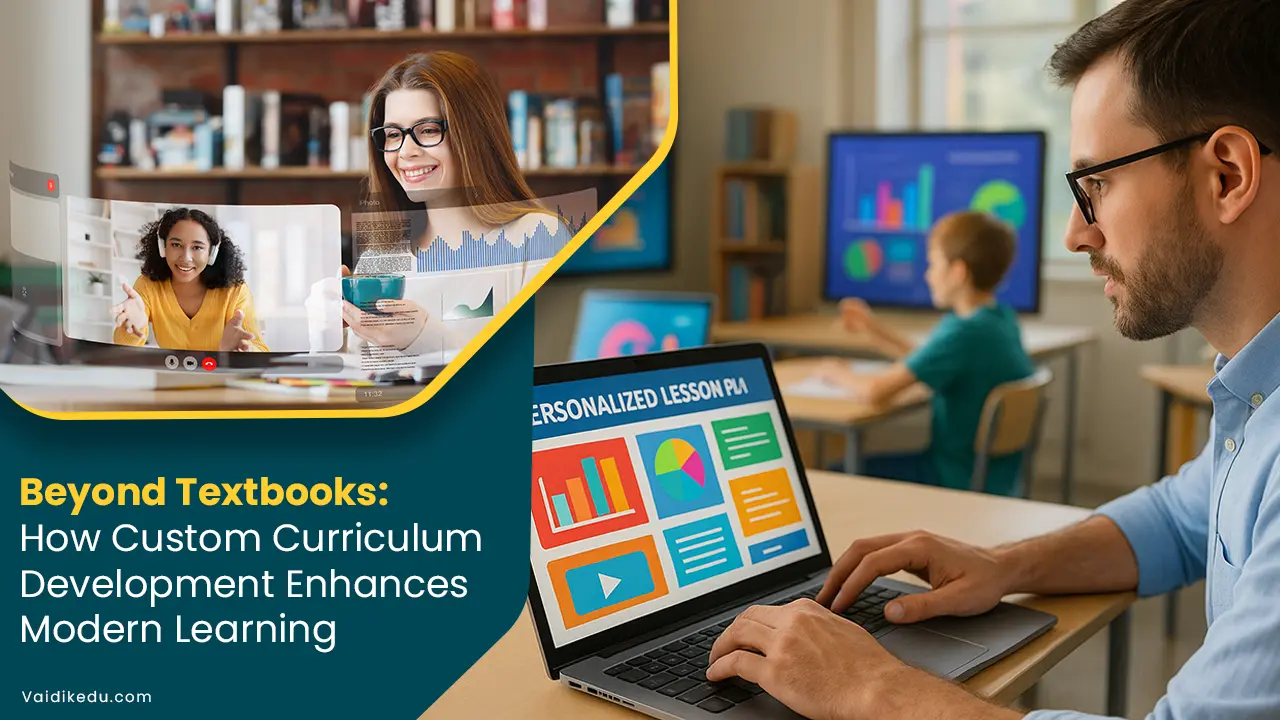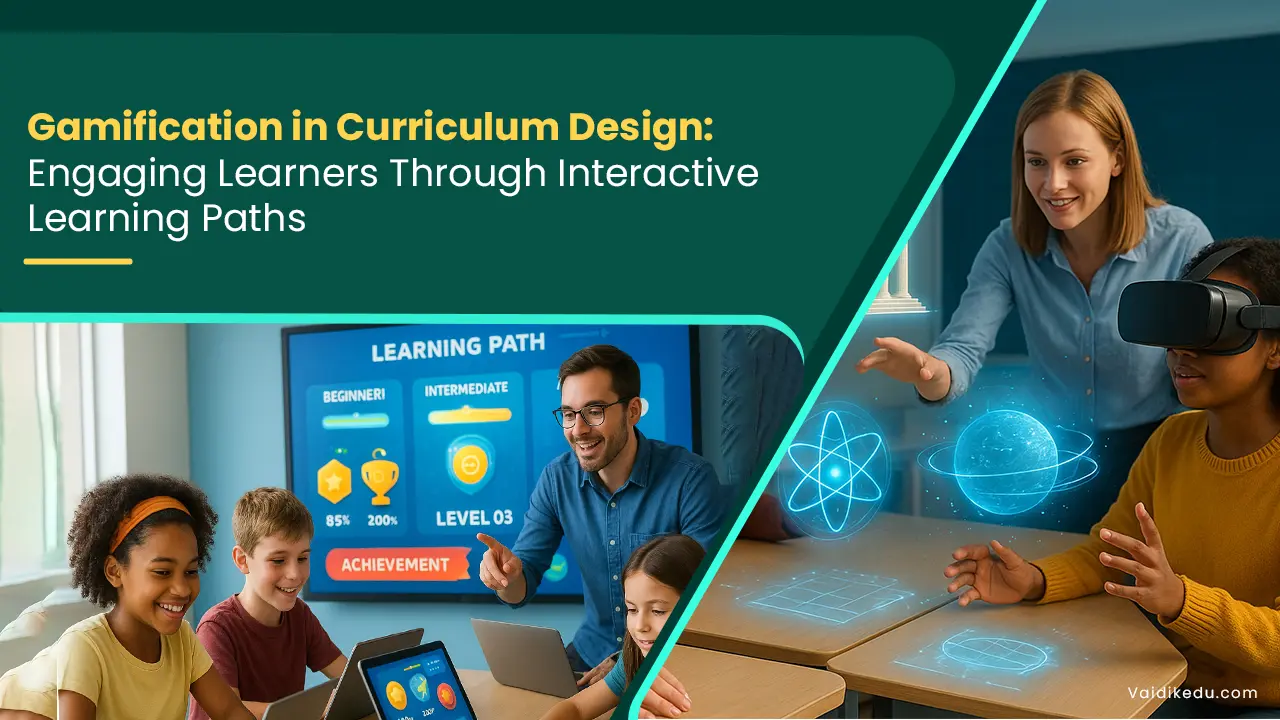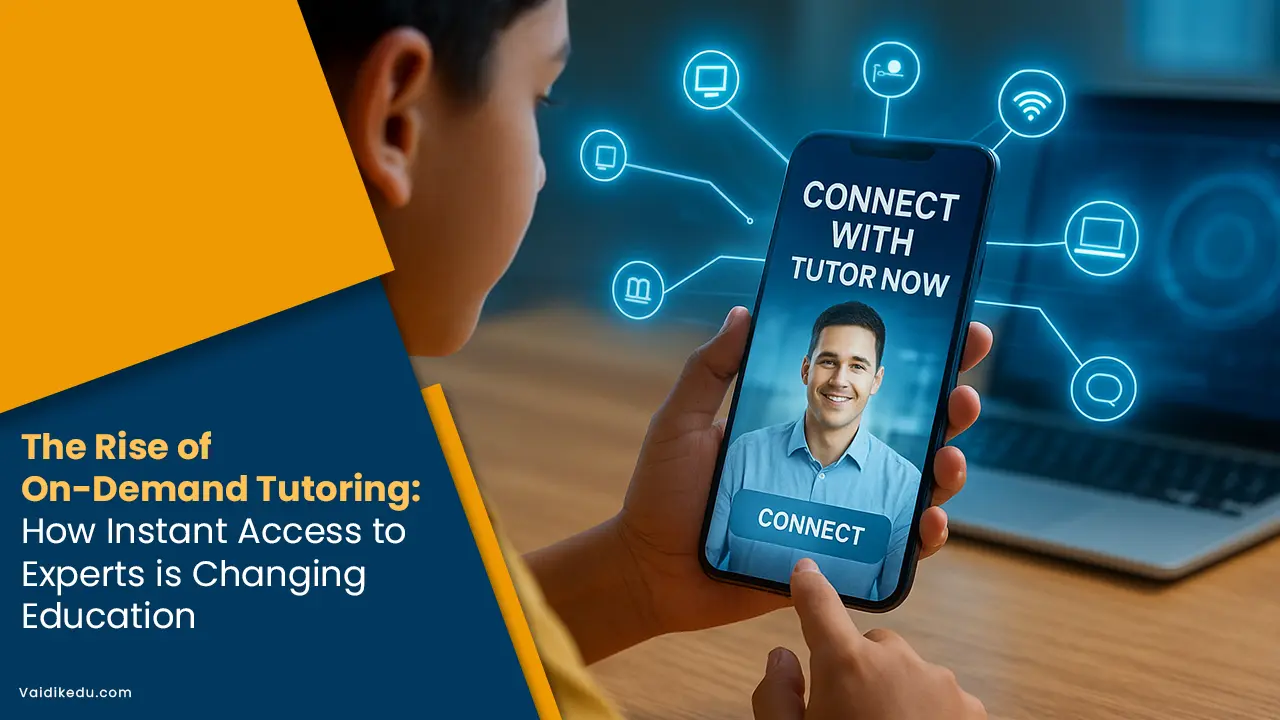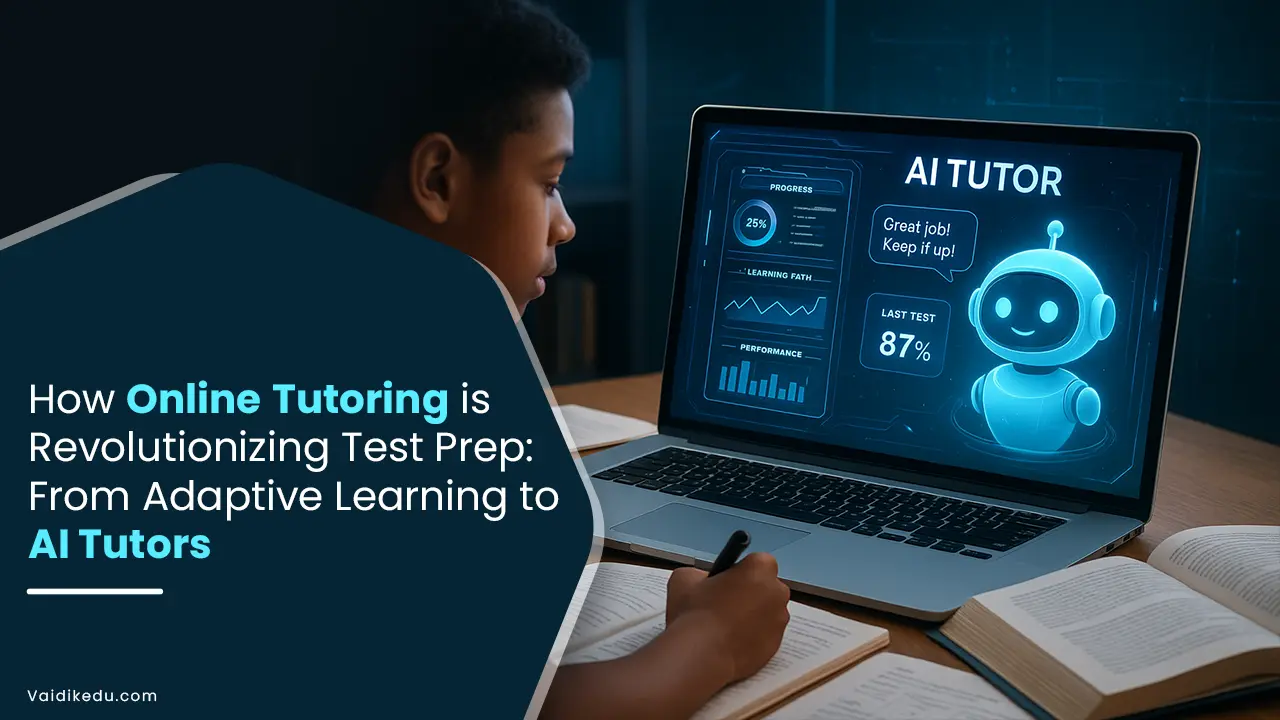Traditionally, education was defined by standardised textbooks as the primary source of knowledge in any classroom worldwide. Standardised textbooks can be a reliable source of structured learning, but they do not cater to all students’ needs in today’s fast-changing world.
Often, traditional textbooks become outdated and are not very flexible; moreover, they do not appeal to different types of learners, leaving many disengaged or struggling to catch up.
Because of such challenges, custom curriculum development has become an influential alternative. Through it, educators can design learning experiences suited to their students’ needs or nature.
Digital resources and real-world applications in methodologies enable schools to go beyond textbooks to create a more dynamic and interactive learning environment.
Understanding Custom Curriculum Development:
Custom curriculum development is an innovative approach to education that focuses on creating learning experiences tailored to the needs of students. In contrast to traditional textbooks, which are very rigid and follow a one-size-fits approach, custom curricula enable educators to design content that matches the diversity of learning styles, interests and real-world applications.
This approach allows for moving away from the educational material and using dynamic material multimedia, interactive activities and project work to involve the students and make them better understand the materials.
One of the tenets of the custom curriculum approach is its focus on student needs, flexibility, adaptability, and relevance instead of adhering to ready-made content.
Teachers can customize lessons to suit their students’ capabilities better, making the learning process meaningful and relevant. Introducing technology to this approach means that video simulations and digital assessments become part of a more interactive classroom.
Custom curricula also emphasise continuous evaluation, allowing teachers to track students’ progress and make necessary changes to improve the learning outcome.
The educators play an essential role in the success of the custom curriculum development by determining the needs of students, creating diverse learning resources and lesson planning that focuses on critical thinking and problem-solving skills.
Similarly, schools and institutions must facilitate this transition through digital tools, professional development and collaborative curriculum planning. With the ever-increasing demand for personalised and technology-driven education, customised curriculum development is becoming a very effective alternative to traditional textbooks.
It facilitates students’ immersion in this material more effectively and develops the skills required for the new realities of life.
Why Move Beyond Textbooks?
Traditional textbooks are categorised as widely distributed and fail to improve through modernised variations of learners’ needs. Soon. The established content is outdated since the textbooks do not cover the constant developments and changes in society.
It also uses the one-size-fits-all approach, which almost only benefits the text-based learner, leaving the visual, hands-on, interactive, multifaceted, or multisensory learner disengaged.
One major drawback is that textbooks encourage road learning instead of critical thinking. Most of the time, students rely on memorisation instead of analytical and problem-solving skills.
In contrast, developing custom curricula promotes active learning by using real-life applications. Discussions and projects, which in turn make education meaningful.
Now that digital learning tools and AI-driven education dominate, textbook shortcomings are apparent. Schools adopting curricula can offer updated content, adaptive tests, and compelling multimedia resources, supporting a very flexible and adaptive form of education.
Moving away from textbooks does not necessarily mean getting them, but it improves dynamic learner-centric approaches relevant to future learner preparedness.
Steps To Develop A Custom Curriculum:
Building an individualised curriculum requires careful consideration to ensure the curriculum meets individual student needs and academic goals. In the following text are the crucial steps involved in developing an effective custom curriculum:
1. Identify learning objectives and student needs: Define the learning outcomes, which are what a student is to know and do by the end of the course. This involves understanding the student’s needs, learning styles, and levels. This allows designing an engaging curriculum that can get the work done.
2. Align with educational standards: Customised curricula with food flexibility must align with national or institutional education standards to offer academic credibility. Thus, they ensure that students receive a well-rounded education while allowing them to learn personalized content.
3. Choose and edit learning materials: Instead of textbooks alone, educators should use diverse resources such as digital content, videos, and interactive tools combined with case studies and real examples. Open Educational Resources (OER) and Learning Management Systems (LMS) can also help arrange and deliver material.
4. Create interesting lesson plans and activities: Lesson should be a combination of lessons, including but not limited to:
- Project-based learning for a hands-on approach.
- Gamification to improve engagement.
- Peer interaction via collaborative learning.
- Assessments and feedback loops for monitoring progress and altering teaching methods.
5. Leverage technology and digital resources: Modern curriculum design is impossible without technology. Adaptive learning platforms, such as AI-driven assessments and interactive simulations, can adapt instruction to individual students’ needs.
6. Use continuous assessment and feedback: Regular formative assessments, such as quizzes, reflection, and discussions, help students progress. Submitted assessments, such as projects, exams, and presentations, assess overall achievement. Teacher and student feedback should refine and improve the curriculum.
7. Review, revise, and improve: A tailor-made curriculum has to be ever-changing and interactive. It will have to be periodically reviewed to reflect changes required in the learning process based on student performance and educator feedback, as well as updates in the knowledge area.
Challenges in Custom Curriculum Development:
While custom curriculum development has many benefits, it also poses several challenges that educators and institutions must address to ensure successful implementation.
1. Time and Resource Constraints: Designing a unique curriculum requires much effort and expertise. Teachers have to research and curate content and develop lesson plans that are fun for students, which can be very challenging with full teaching responsibility and full stops. Some schools cannot afford to invest in digital tools, training, or curriculum development teams.
2. Resistance to Change: Many teachers, school administrators, and students use textbooks and standardised curricula. Resistance to a more flexible and personalised approach may arise due to effectiveness concerns, workload issues, or unfamiliarity with new teaching methods and technologies.
3. Ensuring Quality and Standardization: While customised curricula are flexible, they must meet the standards of Education to remain academically valid. Balancing personalisation and maintaining rigorous learning objectives can be challenging. An inadequate curriculum design may result in knowledge gaps or inconsistencies in instruction.
4. Technological Integration and Accessibility: Digital tools enhance learning, but students do not always have equal access to technology and the Internet. Schools must ensure that digital resources are accessible and inclusive, with alternatives available to those in low-resource settings. They should also train educators to use LMS, AI-driven tools, and interactive content properly.
5. Overcoming these Challenges: When implementing a custom curriculum, a school’s support for proper training development and facilities for its staff is imperative.
Setting up teams with collaborative approaches to curriculum development is also critical to utilising power and effectively using feedback mechanisms for further improvement using data.
With this, modern education can address issues and thus achieve effective scalability and sustainability through such custom curricula.
Future of Custom Curriculum Development:
Technology will define the future of custom curriculum development, becoming more adaptive. Student-centred and data-driven. Through adaptive learning platforms, AI will make lessons more challenging and support individual student needs.
The curriculum will increasingly rely on skills-based learning, emphasising areas such as critical thinking, creativity, problem-solving, real-world application, and career readiness.
Emerging technologies that can provide real immersion in experiences through virtual and augmented reality online and hybrid models will support more flexibility, accessibility, and openness of Open Educational Resources and opportunities for global collaborations.
While challenges will remain, such as accessibility and teacher training, the future of customised curriculum development offers much promise for creating relevant, engaging, and future-ready learning experiences that will transform education for all students.
Frequently Asked Questions
Custom curriculum development is creating learning experiences that cater to the needs of specific learners using an array of resources, including digital tools, multimedia and hands-on activities. Comparatively, custom curricula offer flexibility and adaptability in a manner that is unlike traditional textbooks that only adhere to fixed, standardised models by considering each generation’s potential demand for new and original content.
Personalisation is attained outside the textbooks, where different learning styles and skills are accommodated. Interactive and multimodal resources keep students engrossed while encouraging critical thinking and problem-solving. They even provide real-world applications that have meaningful learning value for students.
Custom curriculum development relies heavily on technology because tools such as AI-driven learning platforms, interactive simulations and LMS track student progress in real-time. This makes the curriculum more engaging and accessible. Deliver personalised learning pathways that cater to different learning needs.
Some challenges are time and resource constraints, resistance to change from educators and institutions, and the need for regular updates and continuous assessment. To overcome such challenges, schools can provide professional development for teachers, collaborate with curriculum development teams, and use open educational resources (OER) to make learning materials cost-effective and flexible.


